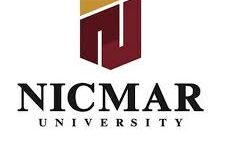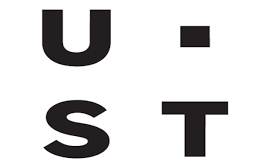- The India–UK FTA, concluded after nearly 14 rounds of negotiation, eliminates tariffs on 99% of Indian exports to the UK and 90% of UK exports to India—unlocking £25.5 billion in projected trade value by 2040.
Mumbai, June 12, 2025: PL Capital- Prabhudas Lilladher, one of the most trusted financial services organisations in India, convened a high-profile panel to dissect the strategic and economic implications of the recently concluded India–UK Free Trade Agreement. The session was hosted by Amisha Vora, Chairperson & MD, PL Capital, who opened the forum by introducing the UK’s Trade Commissioner Harjinder Kang, alongside co-panelists Manish Singh (CIO, Crossbridge Capital) and Anuj Agarwal (Group Chief Economist, Welspun Group).
Amisha Vora opened the discussion by framing that the FTA signals “India’s trade strategy shifting from a tariff-first to a trust-first model, unlocking $120 billion of opportunity across services, manufacturing, and capital.” She highlighted that 72% of India’s exports to the UK—including electronics, fuels, chemicals, textiles, and apparel—run a trade surplus, positioning sectors like auto components, engineering goods, and textiles for meaningful upside. Emphasizing the FTA’s services dimension, she highlighted India’s $18 billion in services exports to the UK, the second-largest after the US, and called attention to the increased mobility for Indian IT, creative, and professional talent as a soft-power and services export amplifier. From a macro lens, she framed the deal as reflective of two decisive shifts: Britain’s post-Brexit diversification away from China toward democratic demand, and India’s effort to anchor deeper into rules-based, like-minded economies without ceding regulatory sovereignty.
Harjinder Kang said that “This agreement is not just a trade deal; it is a blueprint for the next chapter of UK–India economic cooperation.” With £43 billion in existing trade and £25.5 billion in incremental upside, it opens doors to real gains for manufacturers and services providers alike.” Kang explained the next steps: legal scrubbing, Prime Ministerial signing, parliamentary ratification (expected in 9–12 months), and staggered implementation. He affirmed that services liberalization, auto tariffs (with quotas), and a future-ready tech-security corridor” were built into the agreement, with potential expansion into sectors like pharma, semiconductors, and green tech. He detailed the contours of the FTA:
- 99% of Indian goods to the UK and 90% of UK goods to India will become tariff-free.
- UK’s peak tariff on whisky will reduce from 150% to 40% over 10 years.
- The CBAM (carbon border adjustment mechanism) is not part of the India–UK FTA, reassuring Indian industry that carbon taxes will not affect bilateral trade terms under this agreement.
- Significant liberalization in services: 36 sectors under Contractual Service Suppliers and 16 under Independent Professionals, including IT, R&D, chefs, yoga instructors, and musicians.
Alongside the FTA, the UK and India have agreed to negotiate a reciprocal DCC, which will mean employees temporarily working in the other country for up to three years will continue paying social security contributions only in their home country. Anuj Agarwal provided a lens on the textiles opportunity: “The sector is 2.3% of India’s GDP, 12–13% of industrial output, and employs 45 million people. But our UK exports are only $1.5 billion—far below Bangladesh and Vietnam. This FTA gives India a fair shot at reclaiming share.” He added that tariff timelines will determine the pace of investment response: “If the reductions are staggered too long, industry excitement may mellow down.”
Manish Singh underscored the role of services and capital access: “The world will be driven by services. Any trade deal that accounts for services is hugely important. London has £1.2 trillion locked in defined benefit pension plans, mostly invested in bonds. Even 4–5% reallocation could unlock serious capital for India.”
PL Capital’s Ringside View continues to serve as a high-impact platform where global macro shifts are decoded through sharp dialogue with world-class thought leaders.
 Newspatrolling.com News cum Content Syndication Portal Online
Newspatrolling.com News cum Content Syndication Portal Online







